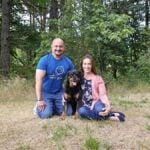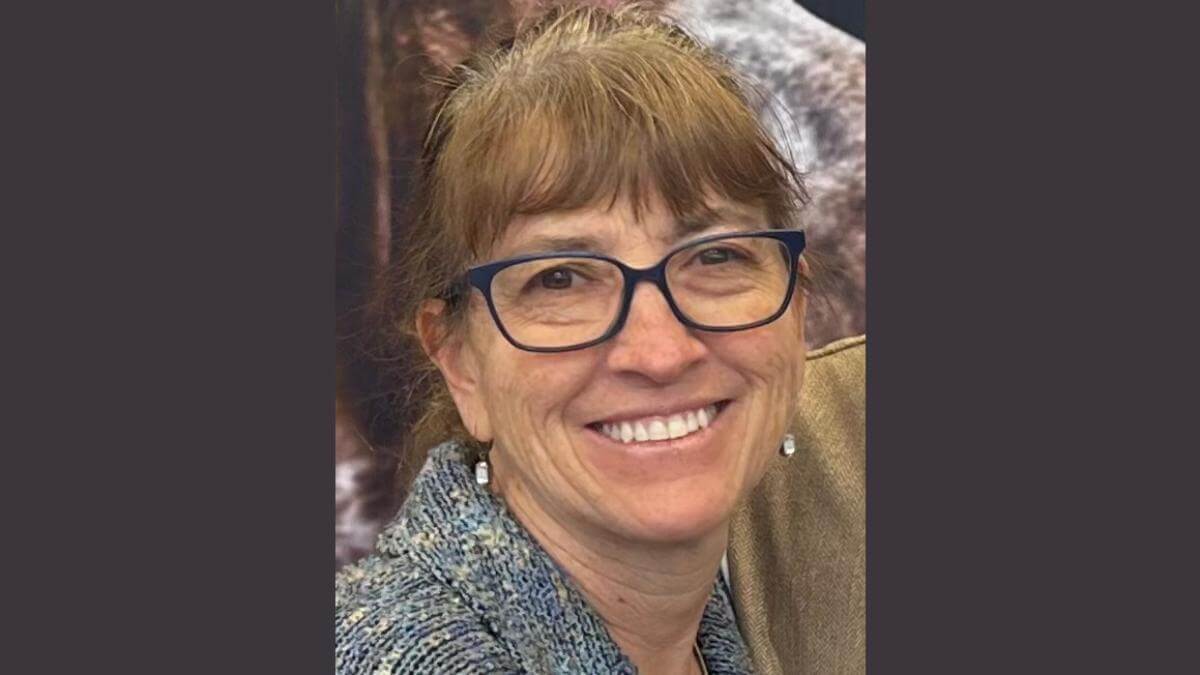


Home » Lisa Moller | Sentry Kennels Chinese Shar-Pei

Lisa Moller
1. My husband, Dale, and I are Wisconsin natives and live in Portage, Wisconsin. I obtained my first Chinese Shar-Pei in 1984, prior to the breed becoming AKC recognized in 1992. We operate under the kennel name of Sentry Kennels. Sentry was chosen as we tend to like the guardian breeds and we also used it for the boarding/training/grooming business we had started and operated for 25 years. Before Dale and I married in 1997, he had always been involved in Labrador Retrievers (for hunting purposes). I introduced him to the Chinese Shar-Pei. Since then, we have finished dozens of dogs and kept them in the Variety Group ribbons; most recently our bred-by male accomplishing two RBIS and a BIS. We also have Bracchi Italiani. Our male just turned eight years old and was the first male to earn his AKC Championship.
2. Many think the Shar-Pei is a head dog. While a bigger head might be appealing to some, moderate is mentioned in the Breed Standard several times; moderate size, angulation, movement, etc. A few quick hallmarks that also come to mind are their coat texture, as Shar-Pei means sandy coat, so their coat should have some stiffness to it (not soft); their topline rises from their withers to their hips (not level); and their tail should be highly set and curl over their back. Like the Chow Chow, they should also have a blue-black tongue, unless they are a dilute, in which lavender pigment is acceptable.
3. We have found that the demand swings up and down. At times, we have well more requests for puppies than we have puppies available, and at other times, the demand is rather quiet. We typically do not breed a litter until we have 3-4 deposits to ensure that all puppies will have their forever home to look forward to.
4. In the earlier years, we used the guideline of a female being ready for breeding on/around day 11; now we use progesterone testing. We also used live cover or took our females to the home of the choice male; now we are using frozen or extended semen with the assistance of artificial insemination and surgical implant. The Shar-Pei fight a nasty health issue related to kidney failure and Amyloidosis as well as Shar-Pei Fever. We now use DNA tests that can help with the likelihood of this in your breeding. POAG/PLL is also a health condition that we use DNA testing for. While the various tests for the kidney and fever issues are not an exact science but rather a guideline, the POAG/PLL testing is more proven and reliably tied to DNA. All of the various health testing(s) help us with making better breeding decisions. Various social media platforms also assist in reaching potential buyers. I’m extremely new to Facebook, and if it weren’t for it I wouldn’t be making the connections that have come in for stud services and puppy purchases.
5. Yes, I think this has been perpetuated with so many mixed breed “designer” dogs continually developing.
6. The number of entries seems to be on the decline in recent years. This could be due to a number of factors, with the cost of dog events rising and fuel, meals, and hotel costs being higher.
7. One noticeable change I have recently recognized is that the Owner Handlers are supporting each other by staying ringside and watching the various NOHS Groups. Another noticeable difference is that the bar has been raised on the quality of dogs, and the skill set and professional presentation that Owner Handlers are exhibiting.